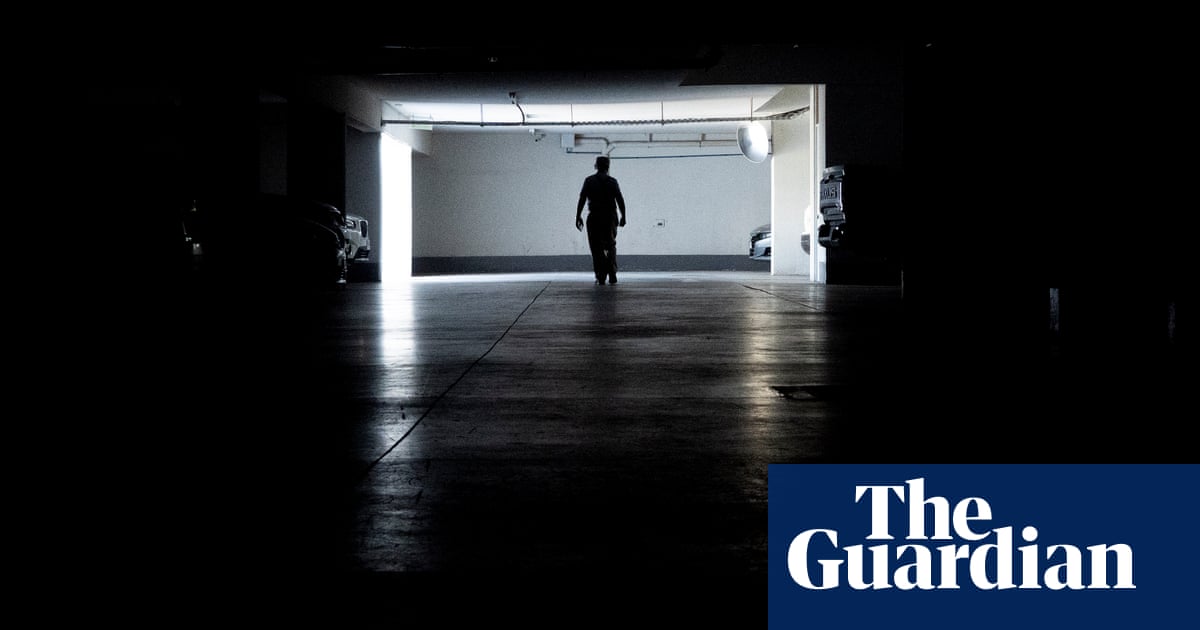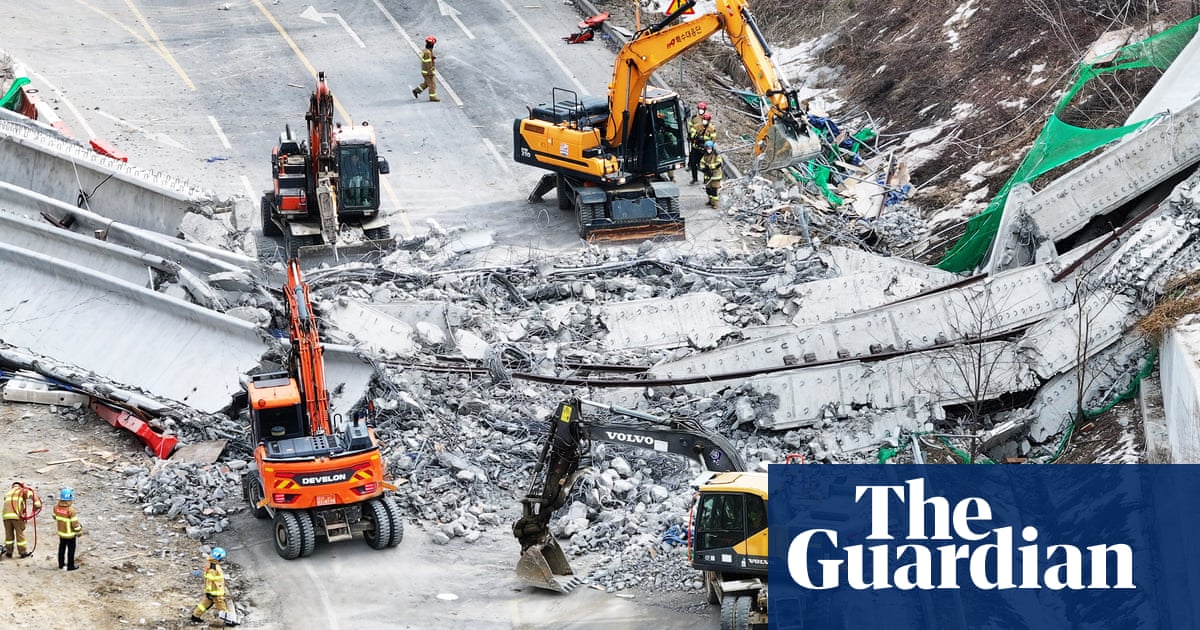On a cool October morning in 2006, I was circling the property of the abandoned Bethlehem Steel mill. Located in Bethlehem, Pennsylvania, it had been the flagship production plant of a company that was once one of the largest steel producers in the world. The sprawl of brick buildings was punctuated by broken windows, twisting pipes, and the towering spires of blast furnaces. The very concept of attempting to sneak in to photograph such a labyrinth felt foolish and daunting, but that was what I was there to do.
I parked my car in one of the lots toward the back of the property, hopped over a wall, and scrambled down an embankment into an overgrown field. Nearby, a rusting iron bridge spanned a disused rail line. At any point, a train might go by on the active portion of the tracks. If an engineer spotted me, they would likely call the police—I needed to reach somewhere that wasn’t out in the open. I moved as quickly as I could with my heavy camera gear, trying to stay low.
After what felt like an eternity, I was able to duck into an open doorway. Inside, I was greeted by a strange sight: long devices with pipes on either side that vaguely resembled xylophones, attached to thin chains looping through eyelets on the ceiling. The chains led to hanging baskets with hooks on the bottom. It looked like a medieval torture device or perhaps something a cult might use. I had never seen anything like it before—later I’d discover it was a hanging locker system. Workers would hang their possessions on the baskets, hoist them up to the ceiling, and lock the chain in place so the basket was out of reach.


Making my way through the rest of the plant, I found myself surrounded by similarly inscrutable wonders. Lacking any engineering or steel production background, to me each gauge was a cipher, and the gargantuan pipes worming their way through the walls felt like riddles left behind by a vanished civilization whose secrets were lost to time. Steel mills, which resemble nothing so much as the forges of giants, are littered with ladles that could easily carry 30 men and wheels and cogs that could crush you without the slightest difficulty.
The machine shops seemed to stretch on infinitely. Spaces that had once been filled with the bustle of hundreds of workers and a deafening cacophony of industry now stood eerily silent. The former gas-blowing room housed a long row of engines the size of locomotives that had once provided air to the furnaces, interspersed by flywheels nearly 25 feet in diameter weighing approximately 100 tons. These engines, constructed in 1911, could blast 13,000 to 18,000 cubic feet of air per minute at a pressure of 30 pounds per square inch and remained in use until 1993, when the powerhouse was shuttered after an explosion in the piping.
What was hardest to fathom, however, was the fact that Bethlehem Steel wasn’t an outlier. For American steel manufacturers, it was becoming the norm.
Since the American steel crisis—a nosedive in the industry in part brought about by recessions in the early 1970s and 1980s paired with oil crises in the 1970s—the Steel Belt became the Rust Belt. Cities like Gary, Indiana, Youngstown, Cleveland, and Toledo in Ohio, and Pittsburgh, Pennsylvania, suffered catastrophic economic blows as hundreds of thousands of jobs vanished. Ancillary businesses, from parts manufacturers and suppliers to diners that served workers getting off their shifts were also forced out of business. It was apocalyptic for the communities around the mills, many of which are still devastated half a century later.
To understand the magnitude of the loss, it’s essential to understand how foundational steel production was to the history of the United States. Less than 50 miles away from Bethlehem, forges dating back to 1740 provided pig iron used in the Revolutionary War, weapons used in the War of 1812, and plowshares that helped settle the Midwest.
Bethlehem Steel’s first rolling mill and blast furnace were completed in 1863, and immediately put to work producing railroad rails and steel armor plating for the U.S. Navy. In the early 1880s, the Navy decided to upgrade its aging fleet and Bethlehem Steel won the contract to produce ordnance, large caliber guns, and battleships that played a pivotal role in America’s success in both World Wars. In 1943, CEO Eugene Grace promised President Franklin Delano Roosevelt that Bethlehem would produce a ship a day—he managed to outdo his ambitious promise by delivering 380 ships in a single year.

Bethlehem’s mills also manufactured steel used to construct some of the most famous structures in the country: The George Washington Bridge, Golden Gate Bridge, and Ben Franklin Bridge, as well as the Empire State Building, the Hoover Dam, the prison on Alcatraz Island, and Madison Square Garden. It would be nearly impossible to conceptualize what America’s manufactured topography would look like without its steel mills. At the end of World War II, with few global competitors, U.S. steel plants produced 72 percent of the world’s steel and 67 percent of the pig iron; Bethlehem Steel alone was producing 23 million tons of steel a year. It must have seemed like their dominion over the steel market would be eternal. It was this hubris that doomed them.
By the late 1960s, American steel manufacturers, who had been slow to incorporate new technologies into their mills, were competing with imports from smaller, more adaptable mills overseas that were as much as 20 percent cheaper. Unions hindered the adoption of automation and changes that would have improved efficiency, pension costs ballooned, and executive pay was disproportionately high, increasing expenses that scrappy competitors rising from the ashes of the destroyed industries in Europe and Japan didn’t have to build into prices to turn a profit. While these mini-mills seemed little more than an annoyance at first, soon they were beating out Bethlehem Steel for contracts on their bread-and-butter products like plate and structural steel.
Mergers and plant closures spread like wildfire through the industry in the 1970s, creating labor unrest and a pervasive sense of economic despair. Throughout the 1970s and 80s, even large manufacturers began to fold. While most of its steelmaking operations were suspended in 1982 and its plant in Bethlehem, Pennsylvania, ceased operations in 1995, Bethlehem Steel managed to limp along until its dissolution in 2003. The ripple effect from these closures still has a profound effect on American towns to this day, as many have failed to find any suitable replacement and consequently have watched in horror as once-thriving downtowns became wastelands of blighted shops and homes.

As I explored the Bethlehem Steel mill, it was clear that some areas had been abandoned longer than others. I was mystified by the workings of the silent blast furnaces that stretched into the sky and aghast that such an enormous investment of money and resources could be left to decay out in the open like an unburied body.
Walking through the shell of the No. 2 Machine Shop, I heard the sound of an engine and instinctively ducked behind a wall. A security truck roared past me and towards the other end of the building, over a quarter of a mile away. Just as I was starting to think I had managed to elude it, the pickup truck turned around and headed back toward me. The space was open and empty, with nowhere to go. There was no way the driver wouldn’t see me. Thinking as quickly as I could, I walked out into the open, set up my tripod to take a photo, and waved at them. The pickup pulled to a sudden stop next to me, and an older man in a security outfit tersely asked me through the window what I thought I was doing. I played dumb. “I’m just taking pictures,” I said. “I’m not in any trouble, am I? This place is amazing!”
The security guard looked at me for a long moment, probably calculating how big of a fool he was talking to, considering that I had waved hello instead of running away. “You can’t be in here,” he snapped. “Oh, I’m sorry,” I replied bashfully, heart pounding in my chest. “I understand. I’ll go.”
“No, I’m going to have to escort you out,” he snapped. “Get in the truck. I’ll drive you back to the entrance.”
I packed up my gear and hopped into the passenger seat, inwardly praying that he would do as he said and not have me arrested. Summoning all of the gee-whiz earnestness I could, I asked, “what was this building used for? I’ve never seen anything like it!” Though I hoped that he’d see I was harmless, my awe was genuine. Once I was securely in the truck and unable to dart off, his demeanor softened a bit. “This is where they used to cut, drill, and shape the steel,” he answered, scanning the inside as he started the engine. “This place used to be its own city.”
As we made our way to the plant entrance, I noticed that he wasn’t taking the most direct route. Instead, he pointed out what various spots had been, recognizing that I was eager to hear about his experiences despite being a captive audience. Eventually, he dropped me off at the gate with a stern warning about the potential fines I might get if I returned, but the anger in his voice was long gone. I waved at him as he drove off, relieved.


In the following years, I visited other former steel mills in Pennsylvania, West Virginia, and Ohio. Some, like the Carrie Furnaces in Pittsburgh, have been stabilized, restored, and turned into historical sites. Others weren’t so lucky. Their buildings have been demolished, the sites turned into shopping malls and office parks. Many of the old mills remain in a state of abandonment and decay, though recent years have seen efforts to modernize and reopen the facilities.
Despite the security guard’s warning, I also managed to go back to Bethlehem Steel several times, granted legal access to several otherwise off-limits areas by a kind friend who worked on the property. I love places that are frozen in time, where it feels like you might be able to reach through the veil separating the present from the past and snatch something meaningful away from the inevitable erasure of time. Nevertheless, change is fundamental and necessary for a town’s survival. As a town, Bethlehem needed to move forward. A downtown and waterfront dominated by the specter of Bethlehem’s past doesn’t incentivize new growth on its own.
In 2007, a portion of the Bethlehem Steel property was purchased and turned into the Sands Casino Resort, which in turn was bought by Wind Creek. Many of the buildings on the property have been demolished, but some pieces of the site’s industrial history remain. The most noteworthy among them are the blast furnaces, now known as the SteelStacks, which now serve as a backdrop for a concert and event stage. The Hoover-Mason Trestle has a stairway accessible to visitors with some placards detailing historical information, and from that vantage point, you can see into what remains of the gas-blowing house. The ArtsQuest Center is also on the campus, and the amazing (and very much worth visiting) National Museum of Industrial History moved into the plant’s former electric repair shop. Though there are still vacant buildings here and there, the area is slowly coming back to life. Thankfully, the town was able to do so without completely eradicating its own identity. The dedicated efforts of dozens of hardworking historians and preservationists resulted in a multitude of ways that visitors can still experience firsthand the awe and scale of Bethlehem Steel’s former might.
I won’t lie; I do wish more had been preserved. But I’m glad that Bethlehem still has the blast furnaces as a memorial to the city’s industrial past and that it has been incorporated into spaces where people can visit and appreciate it. The future for the remnants of America’s steel industry is as precarious as ever, but the changes I’ve witnessed in Bethlehem over the nearly two decades since I first visited Bethlehem Steel give me a sliver of hope. There might be a brighter future for communities still grappling with the fallout from closures—even if the recovery process may take generations.

For more photos and history of Bethlehem Steel visit the gallery on Abandoned America, where you can also find the stories of other abandoned steel mills and industrial sites.
Matthew Christopher is a writer and photographer who has explored abandoned locations across the globe for two decades, chronicling the lost landmarks in our midst. You can find more of his work on his website Abandoned America or listen to his Abandoned America podcast.
Article by:Source: Matthew Christopher












